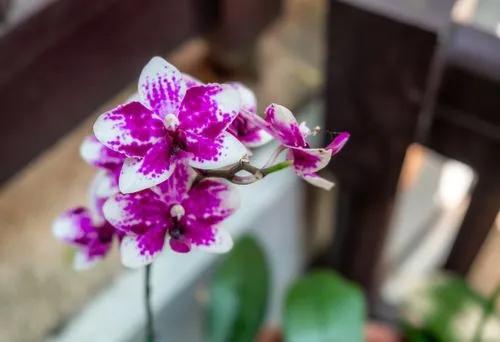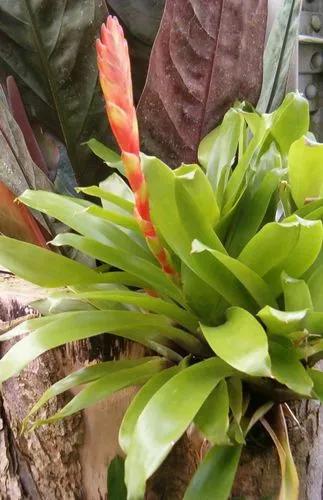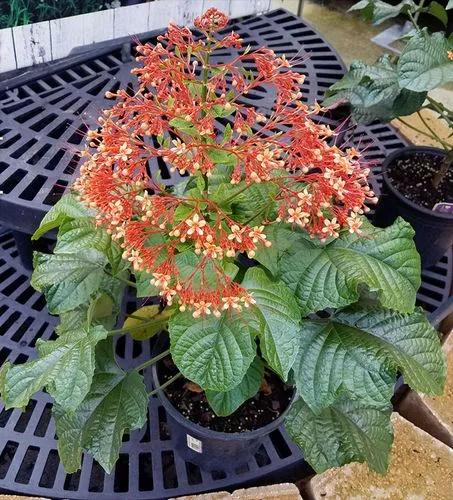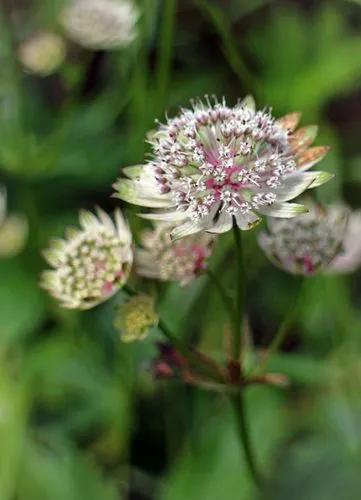Sedum mexicanum, commonly known as the Mexican stonecrop, is a flowering plant in the family Crassulaceae. It is a lime green, upright variety that produces bright yellow flowers and is used for ground cover, retaining walls, and rock gardens.
Mexican stonecrop Care
Sedum mexicanum



Sedum commonly known as “Stonecrop” or “spreading Stonecrop”, is a flowering perennial succulent belonging to the Crassulaceae family. There are over 400 different Sedum plant varieties. Sedum mexicanum is an evergreen, mat-forming, perennial plant producing a multitude of stems from a creeping rhizome; it can grow 10 - 20cm tall. The plant is used in 'green roof' systems, designed to insulate buildings whilst also providing wildlife habitats and improving the environment. It is also often grown as an ornamental. The plant is considered to be a native of Mexico, though it might have originated in Asia. It has spread north to southern USA and south to Guatemala and El Salvador, partly as a cultivated garden plant but also as a weed of disturbed areas.
How to Care for the Plant

Water

Water thoroughly and wait for the soil to dry out before watering again. fertilizing: a balanced organic fertilizer each spring is generally all sedums require.

Pruning

To prune a plant to encourage bushy new growth, snip off the dominant buds on select stems, staggering the cuts to encourage varied growth.

Fertilizer

Liquid fertilizers are applied more frequently, bi-weekly or monthly, for example. Granular products are used less frequently, perhaps once every month or two. Slow-release houseplant fertilizers break down slowly and release their nutrients in small amounts, over a longer period of time. A single application of most of these products lasts for three to four months.

Sunlight

Light is an essential factor in maintaining plants. The rate of growth and length of time a plant remains active is dependent on the amount of light it receives. Light energy is used in photosynthesis, the plant's most basic metabolic process.

Soil

The ideal blend of soil for plant growth is called loam. Often referred to as topsoil or black dirt by landscape companies, loam is a mixture of sand, clay, and silt.

Temperature

This variety is considered hardy in the areas with the lowest temperatures between 0°F and 10°F or -17.8°C and -12.2°C. Inside, room temperatures of around 65°F/16°C - 75°F/24°C will suffice.

Container

Increase pot size by 2.5-5 cm (1 to 2 inches) in diameter for plants that are growing in pots 25.4 cm (10 inches) in diameter or less. For larger plants, those growing in pots greater than 10 inches in diameter, increase the pot size by 5 or 7.62 cm (2 or 3 inches) in diameter.

Popularity

2,058 people already have this plant 288 people have added this plant to their wishlists
Discover more plants with the list below
Popular articles






